Wind energy is becoming an important strategic resource. Energy and supply chain shocks spurred countries around the world to boost their wind investments.
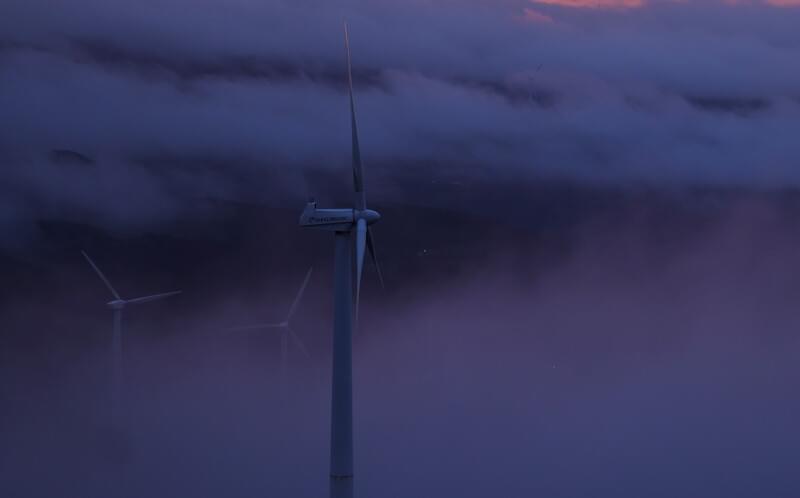

Scientific discovery doesn’t always require a high-tech laboratory or a hefty budget. Many people have a first-rate lab right in their own homes—their kitchen.
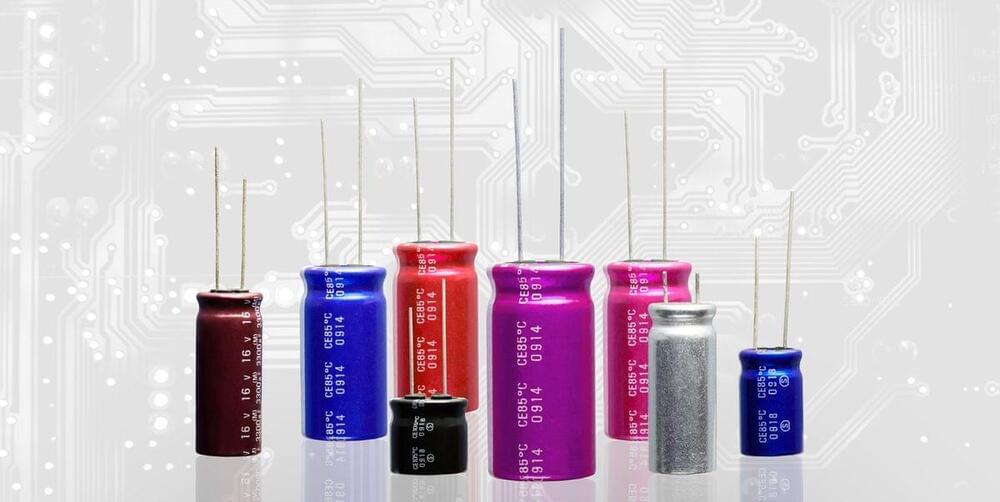
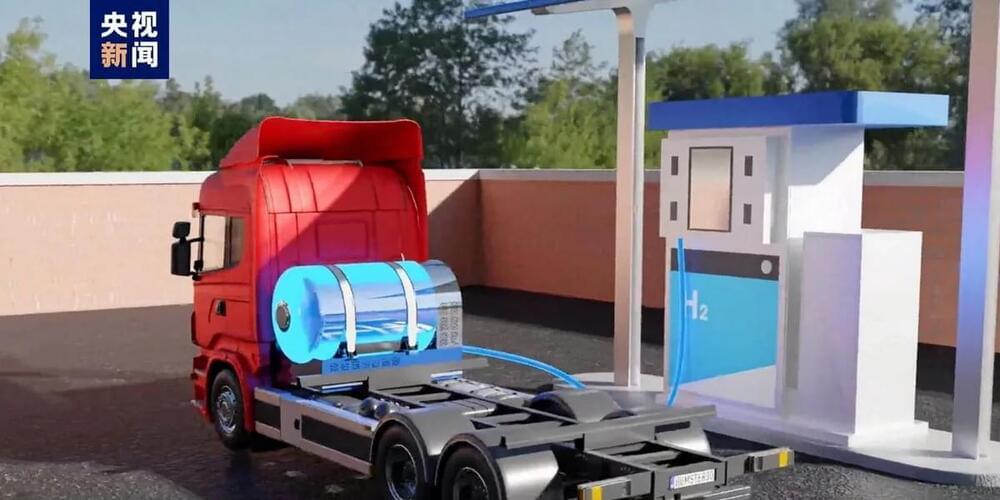


Researchers in Japan have discovered that manganese could help reduce reliance on iridium as a catalyst for hydrogen production.

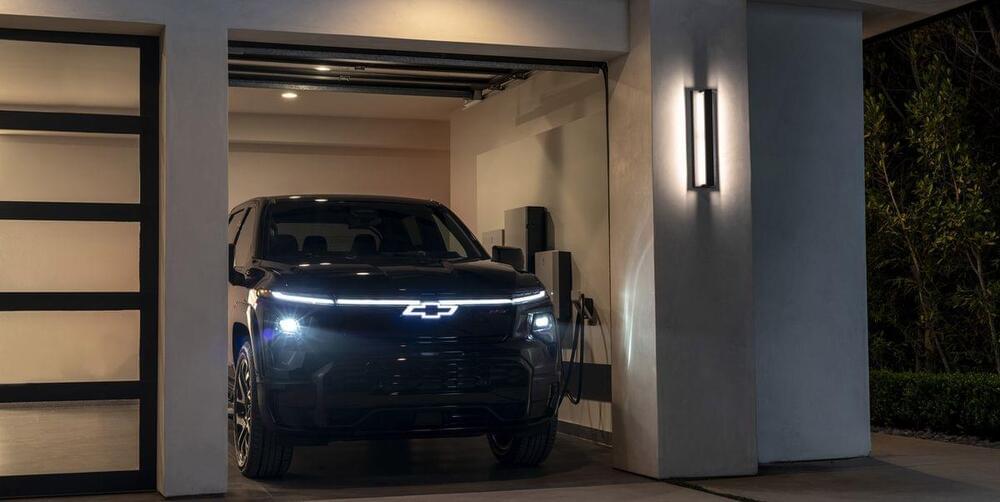
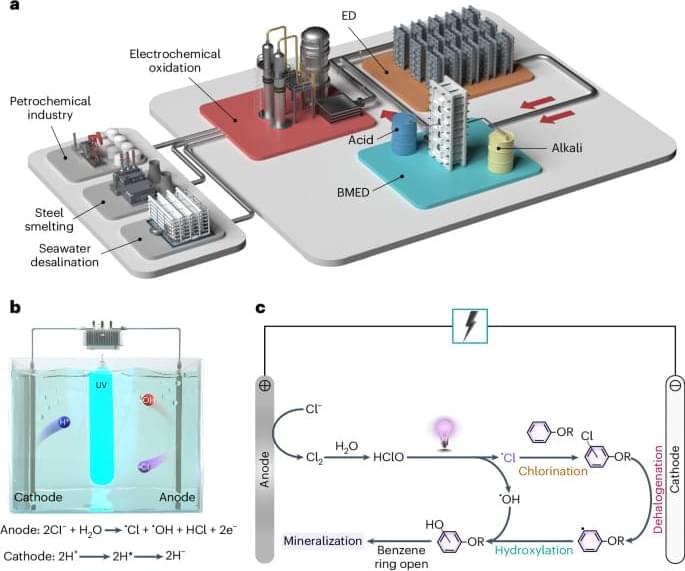
A flow-through redox-neutral electrochemical reactor–electrodialysis system has been developed to recover water, alkali and acids from hypersaline wastewaters. This accelerates a shift in ‘zero-discharge’ technology from energy-intensive steam-driven to energy-efficient electrically driven processes.